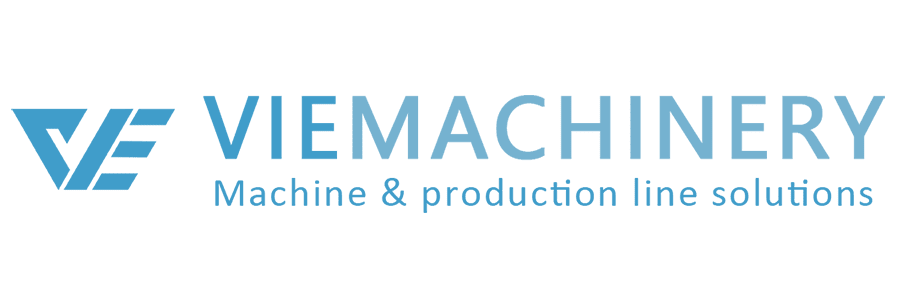In today’s fast-paced industrial landscape, paper and roll slitting machines have become indispensable tools across various sectors. These machines are designed to cut large rolls of material, such as paper, textiles, and films, into narrower, more manageable sizes, making them essential in industries like medical, textiles, and retail. In this article, we will explore the functionality, applications, and benefits of paper and roll slitting machines, providing you with valuable insights into their importance in modern manufacturing.
Understanding Paper and Roll Slitting Machines
Paper and roll slitting machines are specialized equipment used to cut large rolls of material into smaller strips or rolls. These machines are equipped with sharp blades or rotary knives that precisely slit the material as it passes through. The process involves unwinding the large roll, slitting it to the desired width, and then rewinding it onto smaller rolls.
Types of Slitting Machines
There are several types of slitting machines, each designed for specific materials and applications:
- Razor Blade Slitters: Ideal for thin, lightweight materials like plastic films and paper. They use sharp razor blades to make clean, precise cuts.
- Rotary Knife Slitters: Suitable for thicker materials such as cardboard and textiles. These machines use rotating knives to cut through the material.
- Shear Slitters: Used for heavy-duty materials like metals and thick plastics. They employ a scissor-like cutting action to slice the material.
Each type of slitting machine has its own set of advantages and is chosen based on the specific requirements of the material and the desired end product.
Applications of Slitting Machines
Slitting machines are used in a wide range of industries due to their versatility and efficiency. Let’s explore some of the key applications:
Medical Industry
In the medical field, slitting machines are used to produce narrow rolls of medical tapes, bandages, and other adhesive products. These items are essential for wound care, surgical procedures, and other medical applications. The precision and reliability of slitting machines ensure that these products meet stringent quality standards.
Textile Industry
The textile industry relies on slitting machines to cut large rolls of fabric into narrower strips used in clothing, upholstery, and other textile products. These machines facilitate the production of consistent and uniform fabric rolls, which are crucial for maintaining quality and efficiency in textile manufacturing.
Retail and Point of Sale Systems
Retail businesses use slitting machines to convert large rolls of thermal paper into smaller rolls for receipt printers. These thermal receipt rolls are critical for point of sale systems, ensuring smooth and efficient transactions at retail checkout counters. The automated process of slitting and rewinding thermal paper rolls helps retailers maintain a steady supply of receipt paper.
Benefits of Using Slitting Machines
Investing in slitting machines offers numerous advantages for businesses across various industries:
- Increased Efficiency: Slitting machines streamline the process of cutting large rolls into smaller sizes, saving time and labor costs.
- Consistent Quality: These machines provide precise and uniform cuts, ensuring consistent product quality.
- Versatility: Slitting machines can handle a wide range of materials, making them suitable for diverse applications.
- Cost Savings: By reducing material waste and improving production efficiency, slitting machines help lower overall manufacturing costs.
FAQ
What is a paper and roll slitting machine?
A paper and roll slitting machine is a device used to cut large rolls of material into smaller, narrower rolls. These machines are essential in industries such as medical, textiles, and retail.
What are the types of slitting machines?
There are three main types of slitting machines: razor blade slitters, rotary knife slitters, and shear slitters. Each type is designed for specific materials and applications.
How do slitting machines benefit businesses?
Slitting machines increase efficiency, provide consistent quality, offer versatility, and help reduce manufacturing costs by minimizing material waste and improving production processes.
What industries use slitting machines?
Slitting machines are used in various industries, including medical, textiles, retail, and point of sale systems. They are essential for producing a wide range of products from narrow medical tapes to thermal receipt rolls.
Can slitting machines handle different materials?
Yes, slitting machines are versatile and can handle a wide range of materials, including paper, textiles, plastics, and even metals, depending on the type of slitter used.
In conclusion, paper and roll slitting machines play a vital role in modern manufacturing, enabling businesses to produce high-quality products efficiently and cost-effectively. Whether in the medical, textile, or retail industry, these machines are indispensable tools that help companies stay competitive and meet the demands of their customers. By understanding their functionality and applications, businesses can make informed decisions about investing in slitting technology to enhance their production processes.

